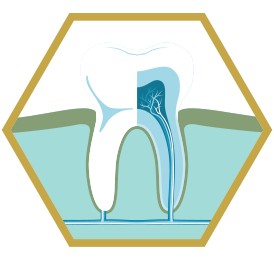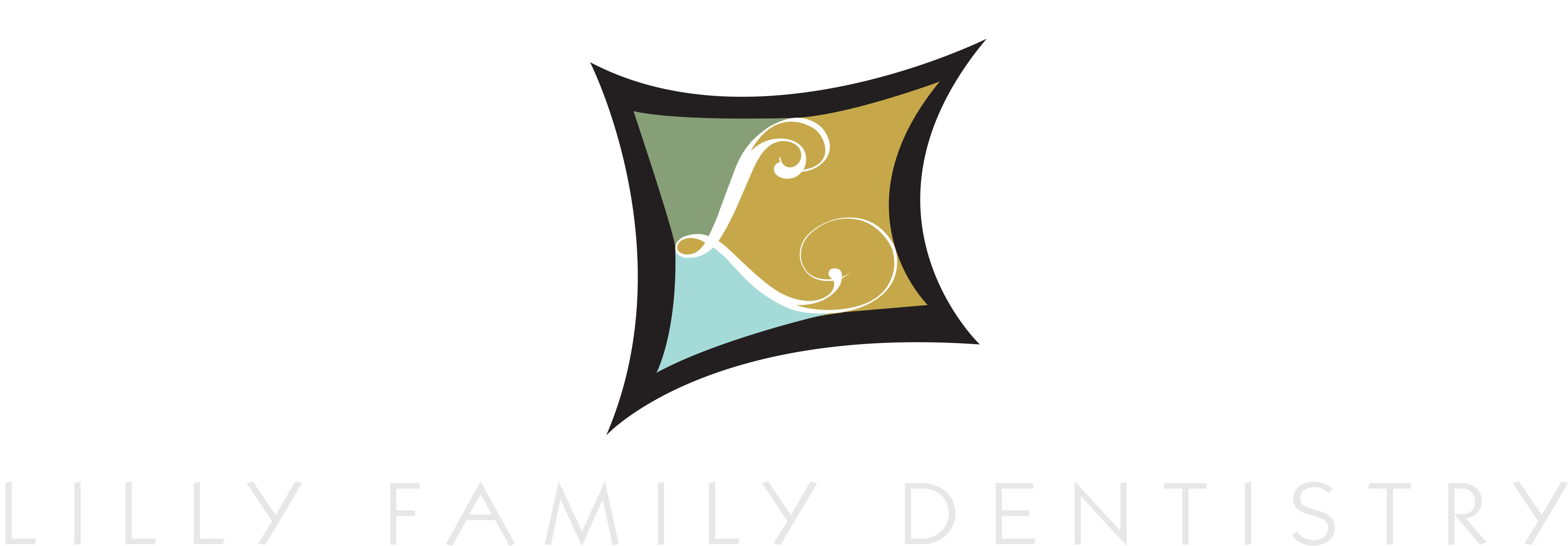TECHNOLOGY
PROVIDING THE HIGHEST STANDARDS OF CARE

LET’S TALK TEETH TECH
Advanced dental technology makes our job more effective and efficient. When you visit, we’ll gather detailed information about your mouth – with digital X-ray, panorex, intraoral cameras, and advanced diagnostics – then generate treatment recommendations based on the data.
Our doctors continuously stay abreast about the latest developments in technology so that our patients can count on the highest standards of care.
Finding Decay the Easy Way
One of the most important things we do for our patients is identify and fill cavities. Since any spot of decay can threaten the integrity of an entire tooth, detection is key to preventing a host of potential problems. Lengthy poking and probing sessions have been an acceptable, but not very comfortable, part of dental exams for years. However, such methods of decay detection are only 50 to 75-percent successful. Cavities can hide along fissure lines or inside biting and occlusal surfaces. Further, mechanical exploratory methods are limited to finding only those cavities that are equal to or larger than the probe head. To make the process more comfortable and comprehensive, we use DIAGNOdent, a revolutionary dental laser that finds cavities in the earliest stages.
Laser Reflection Spots Imperfection
DIAGNOdent technology uses a laser diode to inspect teeth, comparing reflection wavelength against a healthy baseline wavelength to uncover decay. First, we take a benchmark reading by aiming the laser onto one of your healthy enamel tooth surfaces, shining the laser into all suspect areas. As it pulses into grooves, fissures and cracks, the laser reflects fluorescent light of a specific wavelength which is measured by receptors, converted to an acoustic signal, evaluated electronically to reveal a value between 1 and 100, and then displayed on a screen. Any variation from the healthy baseline value stimulates emission of a different wavelength and alerts us to a weakened area of decay. Not surprisingly, this technology quickly and precisely identifies even the tiniest bit of decay. This means shallower, simpler fillings, preserving more tooth structure, and providing a specific means of monitoring suspicious areas.
A Panorex image is an X-ray that depicts a panoramic view of your mouth, from one side to the other. This image can help the dentist understand the relationship between your teeth, jaws, and occlusion (bite, or how your top and bottom teeth fit together). When planning extensive restorative or cosmetic cases, a Panorex may be necessary in addition to intra- and extra-oral photos and digital X-rays.
Our Sioux City dental office uses digital technology for Panorex images that are clear, accurate, and easily stored and transferred. Best of all, a digital Panorex can be taken with up to 90% less radiation than a traditional Panorex. We can review the digital Panorex images with you from our chairside monitor, explaining what the dentist sees and helping you make an informed decision.
What We See Is What We Get
We’ve invested in a new way of looking into your mouth – a procedure that’s fast, comfortable, and incredibly precise. Using digital radiography, we can clearly identify all external and internal anatomical structures and accurately diagnose your dental problems. Even more amazing, we can immediately translate that information into a large, clear, accurate image, projected onto a monitor that patient and doctor can study together in the operatory. You won’t even have to leave your chair. Digital radiography’s technology improves and simplifies the way we care for our patients’ teeth, resulting in better dental evaluations and treatment decisions. As the most important member of your dental team, you need to understand the condition of your mouth, as well as our recommendations for treatment. Digital radiographs help us help you.
Reduced Radiation, Radical Results
Traditionally, dentists used X-rays to see what the naked eye could not; X-rays were developed in a darkroom with hazardous chemicals, and then viewed on a special light board. The developed X-rays had to be stored, which required large filing systems. By far, the worst part of traditional X-rays was the radiation exposure to patients. Digital radiography has completely transformed this process.
Now, when you come into the office for X-rays, a tiny sensor is placed in your mouth to emit a small amount of radiation – up to 90-percent less than traditional X-rays required. This creates a detailed image of your internal oral structures that is immediately viewable on a chairside monitor, carrying with it all the conveniences of other digitized images. We can rotate and magnify it, adjust it for contrast, and even color-code it for educational purposes. The digital images store easily and efficiently in our computer files, safe and sound. For insurance purposes, referrals, or patient education, digital X-rays can be easily, inexpensively, and accurately reproduced indefinitely.
Digital X-rays offer unparalleled benefits over traditional radiographs: they’re convenient, safe for the environment, provide a great opportunity for patient education, can be transferred and copied accurately, and best of all, they’re safer for our patients.
People seldom have a clear idea of the actual status of their dental health. Even with lights and mirrors, a patient can’t see what the dentist can – that is, until now.
We use intraoral cameras, so when you visit the dentist, you can sit comfortably back in the chair and get ready for the show. The dental assistant or hygienist will insert a pen-sized, camera-tipped wand into your mouth covered with a disposable plastic sheath for contamination prevention. The wand simply takes a video of the inside of your mouth and transmits the images via cable to a computer. The computer enlarges the full-color images and sends them to a TV screen that you can comfortably view from the dental chair. Aha! There it is – your mouth on the screen. The dentist can point out problem areas and explain his recommendations for treatment, so you’ll become an informed partner in your dental care instead of a clueless bystander.
Seeing your dental problems may seem overwhelming at first, but consider the experience the first step toward a healthier, fresher smile. The camera may reveal the early stages of potentially serious problems, allowing you the opportunity to prevent small problems before they escalate. This is especially helpful with gum disease and conditions that cause damage without causing pain. The camera’s honest survey can also show you how your regular home hygiene routine is paying off. The dental hygienist or dentist can recommend ways to improve your home-care based on their findings.
It Could Save Your Life
Did you know that oral cancer steals the life of one American every hour? We don’t hear much about oral cancer, but around 35,000 people in America are diagnosed with oral cancer each year and only half of patients diagnosed with oral cancer will survive longer than five years. Because it is often detected in the later stages, oral cancer’s mortality rate is higher than that of cervical cancer, Hodgkin’s disease, brain, liver, kidney, or ovarian cancer. Treatment for oral cancer often causes disfiguration and lessens the patient’s quality of life.
Thanks to an amazing new technology, VELscope, dentists can quickly and painlessly screen for oral cancer. VELscope is a fluorescence-based identification system that detects tissue abnormalities and is used in combination with traditional visual exams.
The screening involves use of a special light to illuminate abnormal cells so that they appear distinctly different from the surrounding normal tissue.
All adults should have a bi-annual VELscope exam because a quarter of oral cancer victims are non-smokers, don’t drink, and have no lifestyle factors to heighten their oral cancer risk. Men over 40 and women between the ages of 20 and 40 are the most prone to the disease. Patients with lifestyle risks, including any tobacco use, daily alcohol consumption, viral infections, autoimmune deficiencies like HIV, and diabetes may need more frequent evaluations.
While the statistics on oral cancer are discouraging, when the disease is found and treated in the early stages it has an 80 to 90-percent cure rate. Ask your dentist about how you could benefit from a VELscope oral cancer screening.
